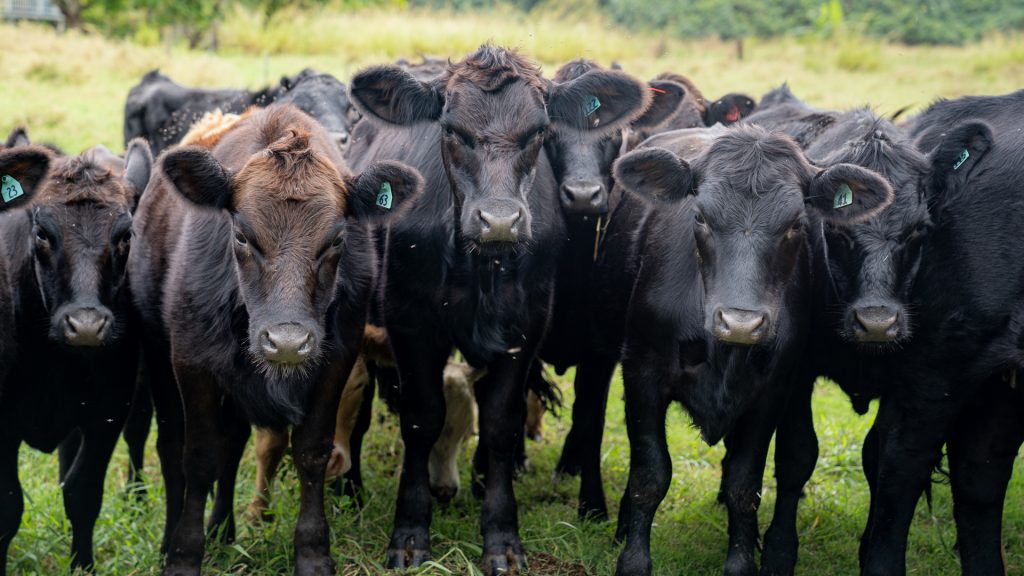It’s going to take many people and business to help create an affordable, accessible food system.
Mahalo to Thomas Heaton and ĚěĂŔĘÓƵ for their continual reporting on Hawaii’s food system and what’s being done to make food more accessible and affordable (“Reviving Hawaii’s Meat Inspection Program Could Also Take Aim At Axis Deer”). Hawaii can significantly reduce its dependence on imported food.
About 85% to 90% (per the state Department of Business Economic Development and Tourism) of Hawaii’s food is imported, including food that is grown and raised here, shipped to the continent for processing, and then imported back. Crazy, right?
And with an ever-increasing invasive species population we have a unique opportunity to blend land management, nutrition, and access. State meat inspection certainly isn’t a panacea for all local meat production, but its benefits would not be negated as mentioned.
There are obvious limitations, the most notable being that it only applies (at the moment) to intrastate sales. Now, if you’re a company that is well funded by outside investment, looking for significant return on investments (certainly within your rights), and scaling is part of your business model (which of course would have to be), state inspection is not going to work for you.
But, if you don’t have significant outside investment, and are still looking to help ease the impact of an invasive species while also focusing on feeding local individuals and families, state inspection can be a helpful cost reduction.
‘Quantitative Benefit’
Deer are a non-amenable species that fall under voluntary inspection and require a fee for this service on the federal level. Those fees can range from $86 per hour to $238 per hour (according to the U.S. Department of Agriculture) depending on the type of services and hours (overtime, holiday, etc.).
However, it is up to the state under a state inspection program to determine what fees, if any, would be charged. Many do not charge.
The meat industry is a pennies business, and those pennies add up quickly. For some those fees represent a small percentage of operating expenses, but for many, they could represent a significant hit to revenue.
In addition to the quantitative benefit many in the industry have indicated qualitative advantages to being state inspected. (You can read about this and more by searching online for “Potential Impacts of State Meat and Poultry Inspection for the State of Nebraska.”)
About 85% to 90% of Hawaii’s food is imported.
While I’m sure many (I hope most) have great relationships with their inspectors, we are all aware of the adversarial relationship that can exist.
I believe that local inspectors can and are more willing to work with small plants and operators. Less enforcement-oriented and more focused on cooperation.
This does not mean inspectors aren’t focused on safety and a wholesome product, but what many believe to be a willingness to spend time explaining rules and regulations to plant owners and are also more inclined to work together with an owner to devise ways of coming into compliance with standards.
Anecdotal perhaps, but Google the study/survey mentioned above. It makes sense.
There’s a chance a local inspector may be a member of your community, they may be a rancher, farmer, or hunter themselves. Folks with skin in the game, invested in their community doing well. To me, a benefit like that is immeasurable.
It’s going to take multiple individuals and companies to help create a food system that is accessible, affordable, and equitable. Investment from both public and private is needed. And while something might not be a benefit to one it does not mean it can’t benefit some.
 Sign up for our FREE morning newsletter and face each day more informed.
Sign up for our FREE morning newsletter and face each day more informed.




